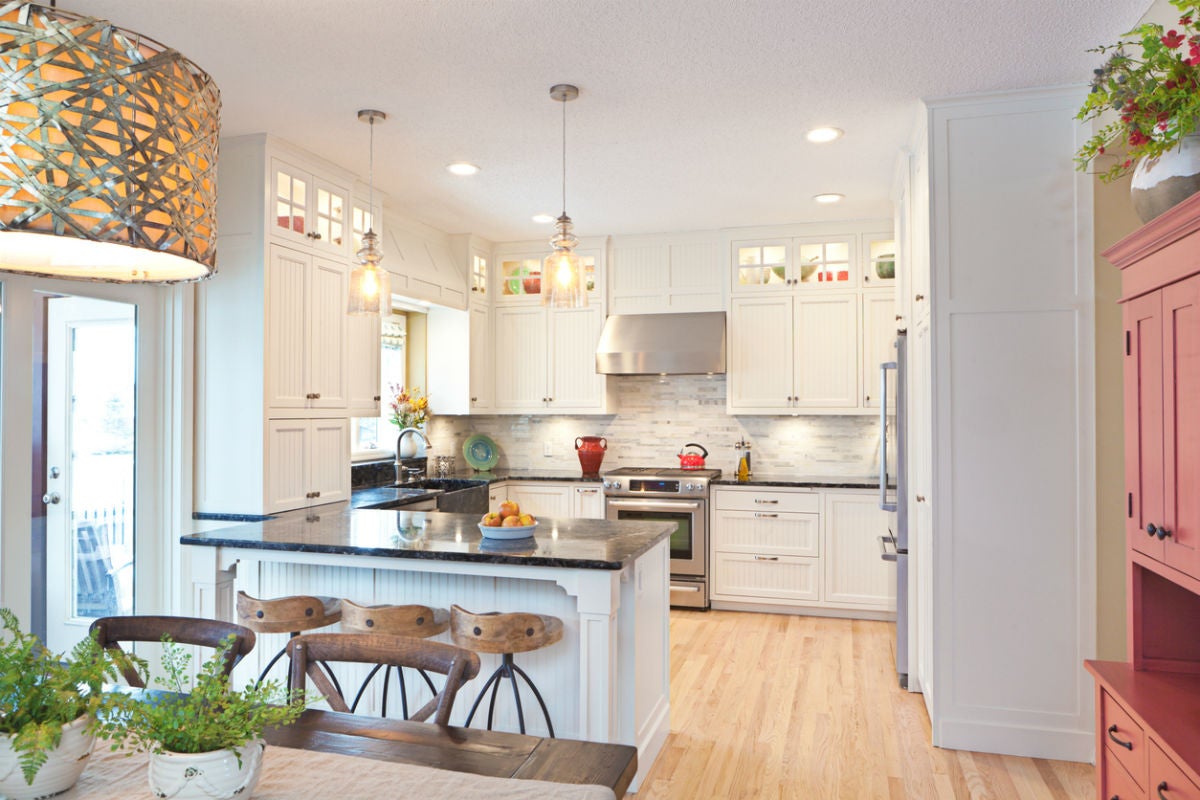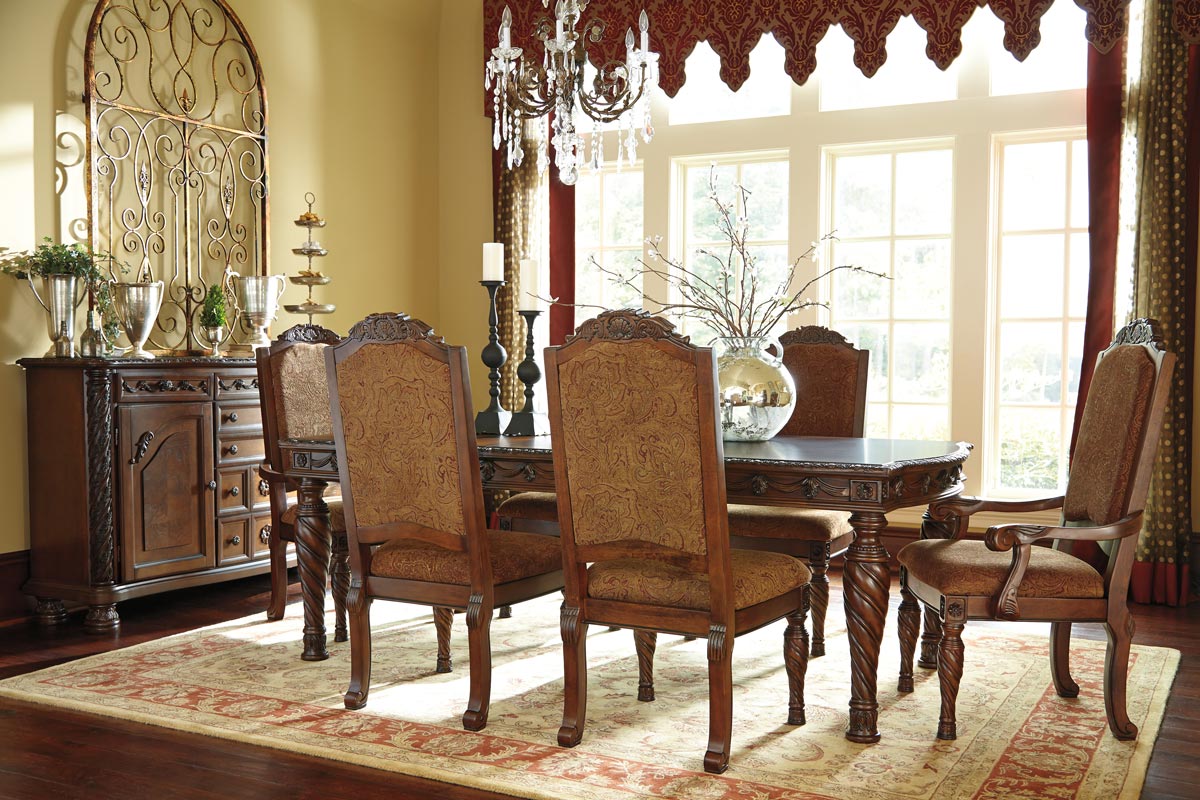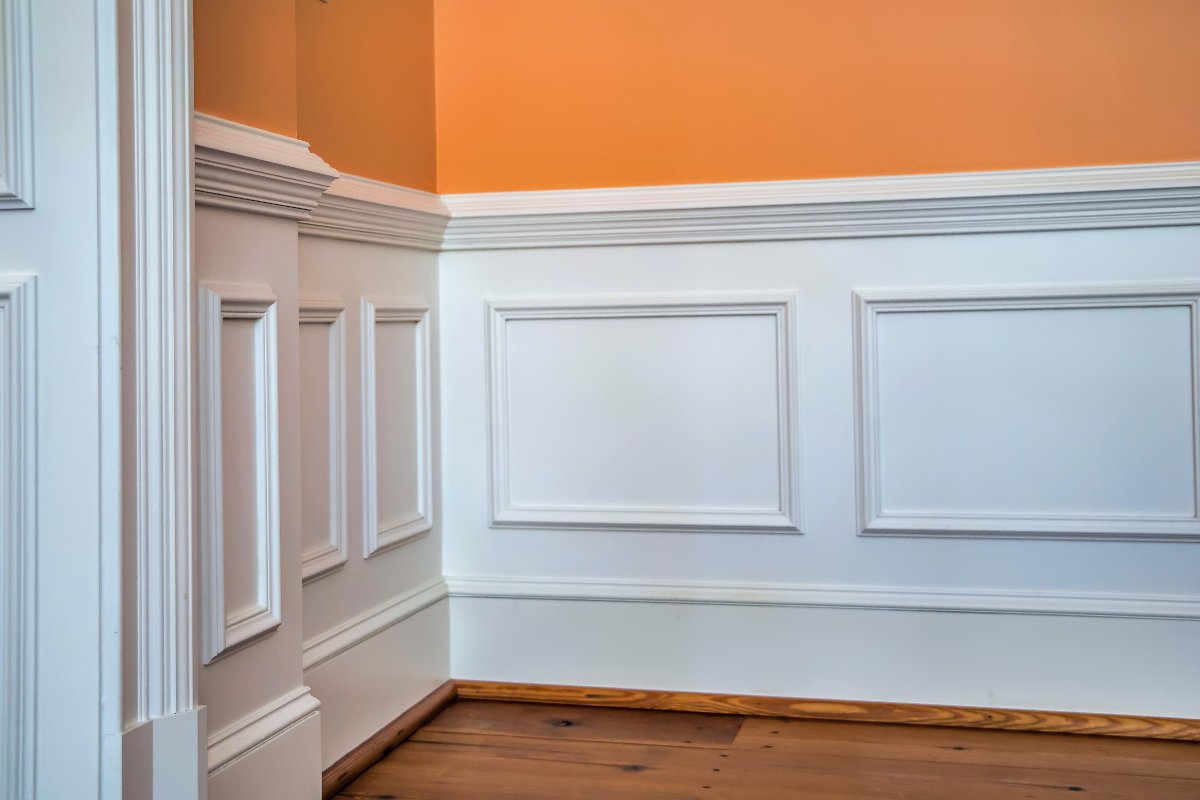Recessed lighting is a popular choice for kitchens due to its sleek and modern appearance. But with so many options and variations, it can be overwhelming to figure out the best layout for your kitchen. That's why we've put together this recessed lighting layout guide to help you create a functional and beautiful lighting design for your kitchen.Recessed Lighting Layout Guide
Creating a recessed lighting layout for your kitchen doesn't have to be complicated. With these four easy steps, you can have a well-designed lighting plan in no time. Step 1: Determine the purpose of your lighting. Before you start planning the layout, think about the function of your kitchen. Do you need bright, task lighting for cooking and food prep? Or do you want a more ambient, mood-setting lighting for entertaining? Step 2: Measure your kitchen. The size and shape of your kitchen will play a crucial role in determining the number and placement of your recessed lights. Measure the length and width of your kitchen and note any obstacles, such as cabinets or islands, that may affect the placement. Step 3: Use a lighting calculator. There are many online tools and lighting calculators available that can help you determine the ideal number and spacing of your recessed lights based on the dimensions of your kitchen. This will ensure an even and balanced lighting design. Step 4: Create a lighting plan. Using your measurements and the results from the lighting calculator, create a rough sketch of your kitchen and mark where you want to place your recessed lights. Remember to consider the purpose of each light and adjust the placement accordingly.How to Layout Recessed Lighting in 4 Easy Steps
Now that you know how to layout your recessed lights, here are some additional tips to keep in mind when designing your kitchen lighting: Tip 1: Layer your lighting. A well-designed kitchen lighting plan should include a combination of ambient, task, and accent lighting. This will create depth and dimension, making your kitchen look more visually appealing. Tip 2: Don't forget about under-cabinet lighting. Under-cabinet lighting is a must-have in any kitchen. It provides both task lighting for food prep and adds a warm, ambient glow to the space. Tip 3: Consider dimmer switches. Dimmer switches are a great way to control the brightness of your recessed lights and create different moods in your kitchen. They also help save energy by using less electricity. Tip 4: Mix and match light fixtures. Don't limit yourself to just recessed lights. Mix in other types of light fixtures, such as pendants or chandeliers, to add visual interest and variety to your kitchen lighting design.Kitchen Lighting Design Tips
When it comes to designing your kitchen lighting, there are a few best practices to keep in mind: Practice 1: Consider the size and height of your kitchen. The size and height of your kitchen will play a significant role in the type and placement of your lights. For example, if you have a smaller kitchen with low ceilings, you may want to stick with smaller, low-profile recessed lights to avoid a cluttered look. Practice 2: Use LED lights. LED lights are the most energy-efficient and long-lasting option for recessed lighting. They also come in various color temperatures, allowing you to customize the warmth and ambiance of your kitchen. Practice 3: Be mindful of glare. Avoid placing recessed lights directly above reflective surfaces, such as stainless steel appliances, to prevent glare and make sure your lights are angled away from your eyes.Best Practices for Kitchen Lighting Design
Choosing the right kitchen lighting can be a daunting task, but here are a few things to consider to help you make the right decision: Consider the function of the space. As mentioned earlier, the purpose of your kitchen will determine the type and placement of your lights. Make sure to choose lights that will meet your specific needs. Think about the style and design of your kitchen. Your lighting should complement the overall style and design of your kitchen. For a modern kitchen, consider sleek, flush-mount recessed lights, while a farmhouse-style kitchen may benefit from rustic pendant lights. Choose lights with adjustable angles. Recessed lights with adjustable angles allow you to direct the light where you need it most. This is especially helpful for task lighting in the kitchen.How to Choose the Right Kitchen Lighting
If you're still unsure about how to design your kitchen lighting, here are a few ideas to inspire you: Idea 1: Install recessed lights above the kitchen island. The kitchen island is the perfect spot for recessed lights. It provides additional task lighting for cooking and food prep and creates a focal point in the kitchen. Idea 2: Use pendant lights above the dining area. If your kitchen has a designated dining area, consider using pendant lights above the table for a more intimate and cozy ambiance. Idea 3: Add a statement chandelier. Make a statement in your kitchen by installing a chandelier above the island or dining area. It will add a touch of elegance and sophistication to the space.Kitchen Lighting Ideas
There are several types of kitchen lighting to choose from, and each serves a specific purpose: Ambient lighting: This is the overall lighting in the kitchen that provides a base level of illumination. Task lighting: As the name suggests, task lighting is used for specific tasks, such as cooking, food prep, or reading recipes. Accent lighting: This type of lighting is used to highlight specific features or areas in the kitchen, such as artwork or a backsplash. Decorative lighting: Decorative lighting is used to add a decorative element to the kitchen, such as a chandelier or pendant lights.Types of Kitchen Lighting
When designing your kitchen lighting, there are a few common mistakes to avoid: Mistake 1: Not considering the function of the space. As mentioned earlier, the purpose of your kitchen should be the primary factor in your lighting design. If you don't consider this, you may end up with inadequate lighting for your needs. Mistake 2: Using only one type of lighting. A well-designed lighting plan should include a mix of ambient, task, and accent lighting. Using only one type of lighting can create a dull and unbalanced look in your kitchen. Mistake 3: Not using dimmer switches. Dimmer switches give you control over the brightness and mood of your kitchen. Not having them can limit your lighting options and make your kitchen feel too bright or too dim.Kitchen Lighting Design Mistakes to Avoid
If you're feeling confident and want to install recessed lighting in your kitchen yourself, here's a basic guide to help you: Step 1: Turn off the power. Make sure to turn off the power to the area of your kitchen where you will be installing the lights. Step 2: Plan the layout. Use the steps mentioned earlier to determine the number and placement of your recessed lights. Step 3: Cut the holes. Using a hole saw, cut holes in the ceiling where you marked the placement of your lights. Step 4: Install the wiring. Run wiring from the power source to the first light and then continue to daisy-chain the wiring to the remaining lights. Step 5: Connect the lights. Connect the wiring to the lights according to the manufacturer's instructions. Step 6: Install the lights. Place the lights in the holes and secure them with the included clips. Step 7: Turn on the power. Once everything is installed, turn the power back on and test your lights to make sure they are working correctly.How to Install Recessed Lighting in a Kitchen
If you're not confident in your ability to design your kitchen lighting on your own, there are many design software programs available that can help you visualize your lighting plan before making any changes in your actual kitchen. Some popular options include RoomSketcher, Home Designer Suite, and AutoCAD. In conclusion, designing the perfect lighting plan for your kitchen requires careful consideration of the space's function, size, and style. By following these tips, you can create a well-lit, functional, and beautiful kitchen that will be the envy of all your guests.Kitchen Lighting Design Software
The Importance of Kitchen Can Lighting Design

Enhancing Functionality and Style
 When it comes to designing a house, the kitchen is often considered the heart of the home. It is not only a place for cooking and preparing meals, but also a space for gathering and entertaining. Therefore, it is important to have a well-designed and functional kitchen that meets the needs of the household. One crucial aspect of kitchen design is lighting, and specifically,
kitchen can lighting
design. This type of lighting not only serves a functional purpose, but also adds a touch of style to the overall design of the kitchen.
When it comes to designing a house, the kitchen is often considered the heart of the home. It is not only a place for cooking and preparing meals, but also a space for gathering and entertaining. Therefore, it is important to have a well-designed and functional kitchen that meets the needs of the household. One crucial aspect of kitchen design is lighting, and specifically,
kitchen can lighting
design. This type of lighting not only serves a functional purpose, but also adds a touch of style to the overall design of the kitchen.
Maximizing Space and Illumination
 In most kitchens, space is limited and it is important to make the most out of every square inch. This is where
kitchen can lighting
design comes in. By using recessed lighting, also known as can lighting, you can save valuable space on your ceiling and walls, making the kitchen appear more spacious and open. Additionally, can lights provide
ample illumination
throughout the kitchen, ensuring that every corner is well-lit and functional for daily tasks.
In most kitchens, space is limited and it is important to make the most out of every square inch. This is where
kitchen can lighting
design comes in. By using recessed lighting, also known as can lighting, you can save valuable space on your ceiling and walls, making the kitchen appear more spacious and open. Additionally, can lights provide
ample illumination
throughout the kitchen, ensuring that every corner is well-lit and functional for daily tasks.
Creating Versatility and Ambiance
:max_bytes(150000):strip_icc()/DSC_0268-3b917e92940e4869859fa29983d2063c.jpeg) With the right placement and selection of can lights, you can create a versatile and multi-functional kitchen. By strategically placing lights above work areas, such as the kitchen island or countertops, you can have focused and bright lighting for cooking. On the other hand, placing lights above seating areas or dining tables allows for a more
relaxed and ambient atmosphere
for gatherings and meals. With dimmable options, you have the ability to adjust the lighting to fit the occasion and mood.
With the right placement and selection of can lights, you can create a versatile and multi-functional kitchen. By strategically placing lights above work areas, such as the kitchen island or countertops, you can have focused and bright lighting for cooking. On the other hand, placing lights above seating areas or dining tables allows for a more
relaxed and ambient atmosphere
for gatherings and meals. With dimmable options, you have the ability to adjust the lighting to fit the occasion and mood.
Adding Dimension and Design
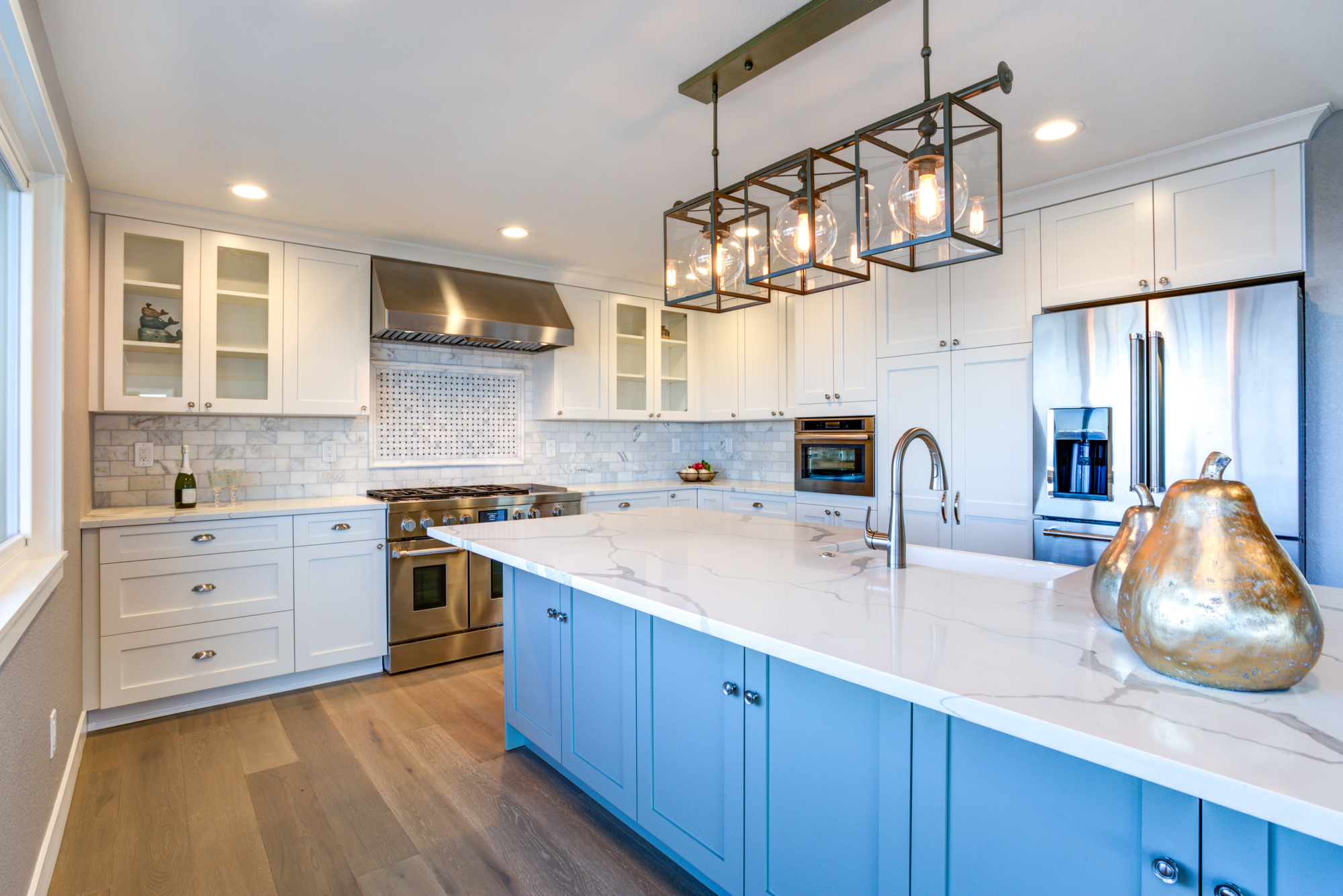 Aside from functionality,
kitchen can lighting
design also adds dimension and design to the space. By using different sizes and depths of can lights, you can create a layered and dynamic look in the kitchen. You can also use them to highlight architectural features or focal points, such as a statement backsplash or a decorative range hood. With the wide range of options in terms of trim styles and finishes, you can choose
design elements that complement your overall kitchen design
.
In conclusion,
kitchen can lighting
design is an important aspect of house design that should not be overlooked. It not only enhances the functionality of the kitchen, but also adds style, versatility, and dimension. With the right placement and selection, can lights can truly transform the look and feel of your kitchen. So when planning your next house design, don't forget to consider the importance of
kitchen can lighting
design.
Aside from functionality,
kitchen can lighting
design also adds dimension and design to the space. By using different sizes and depths of can lights, you can create a layered and dynamic look in the kitchen. You can also use them to highlight architectural features or focal points, such as a statement backsplash or a decorative range hood. With the wide range of options in terms of trim styles and finishes, you can choose
design elements that complement your overall kitchen design
.
In conclusion,
kitchen can lighting
design is an important aspect of house design that should not be overlooked. It not only enhances the functionality of the kitchen, but also adds style, versatility, and dimension. With the right placement and selection, can lights can truly transform the look and feel of your kitchen. So when planning your next house design, don't forget to consider the importance of
kitchen can lighting
design.




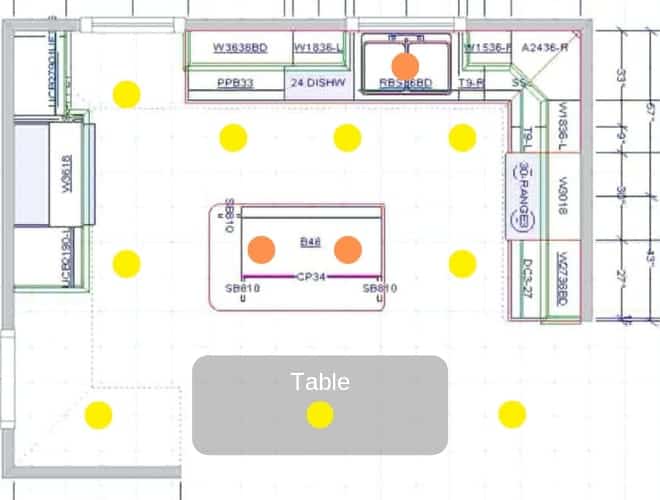
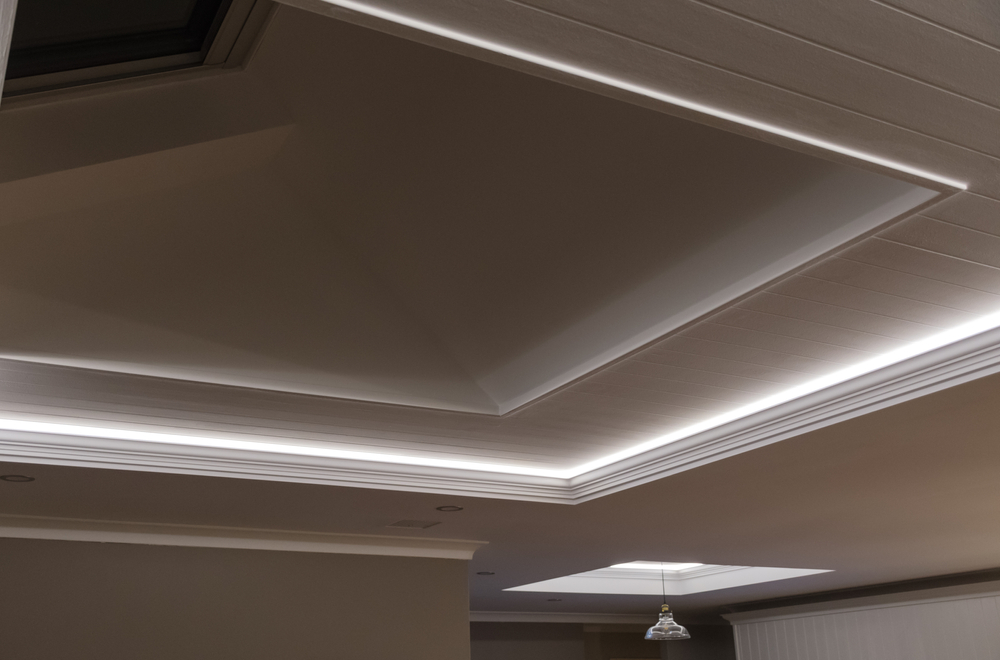



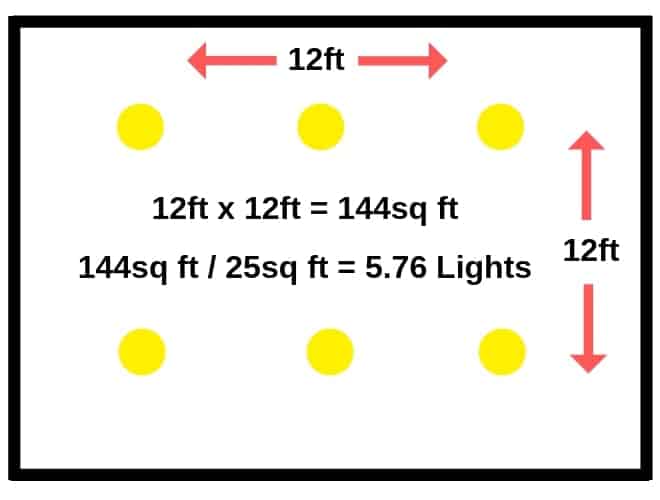


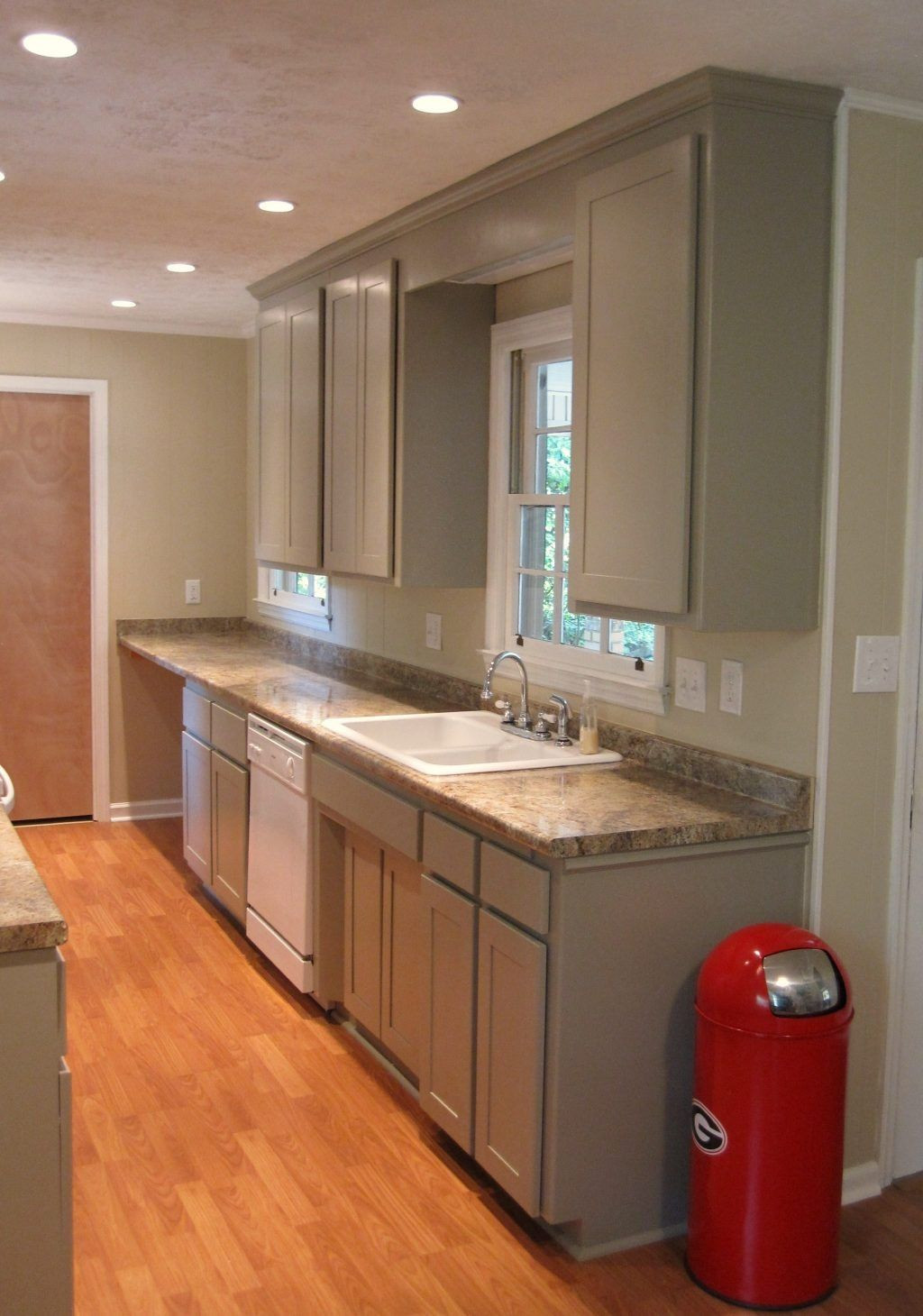


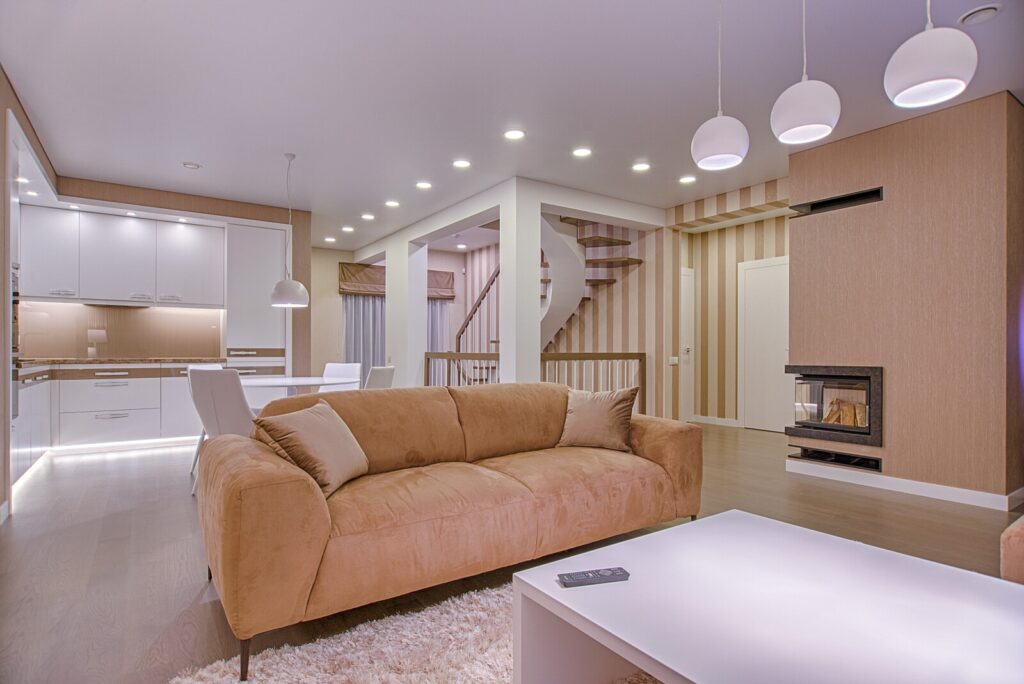


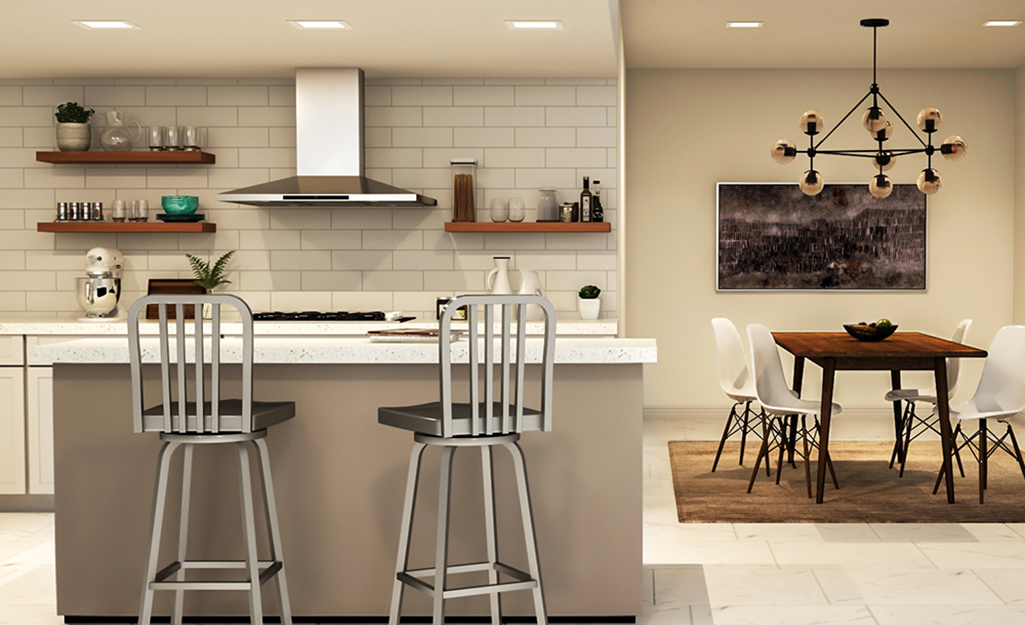
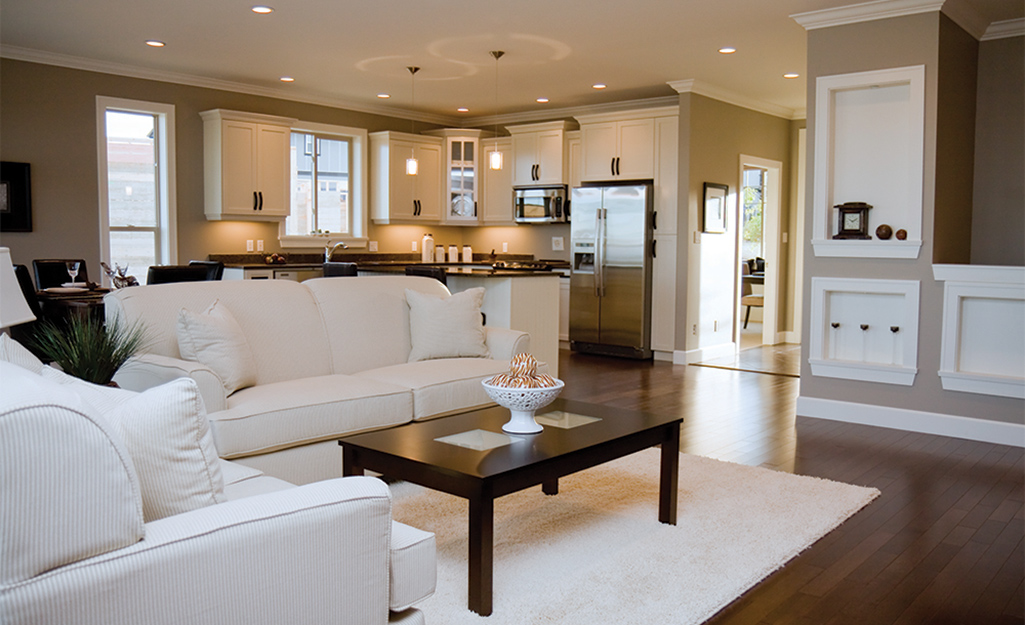



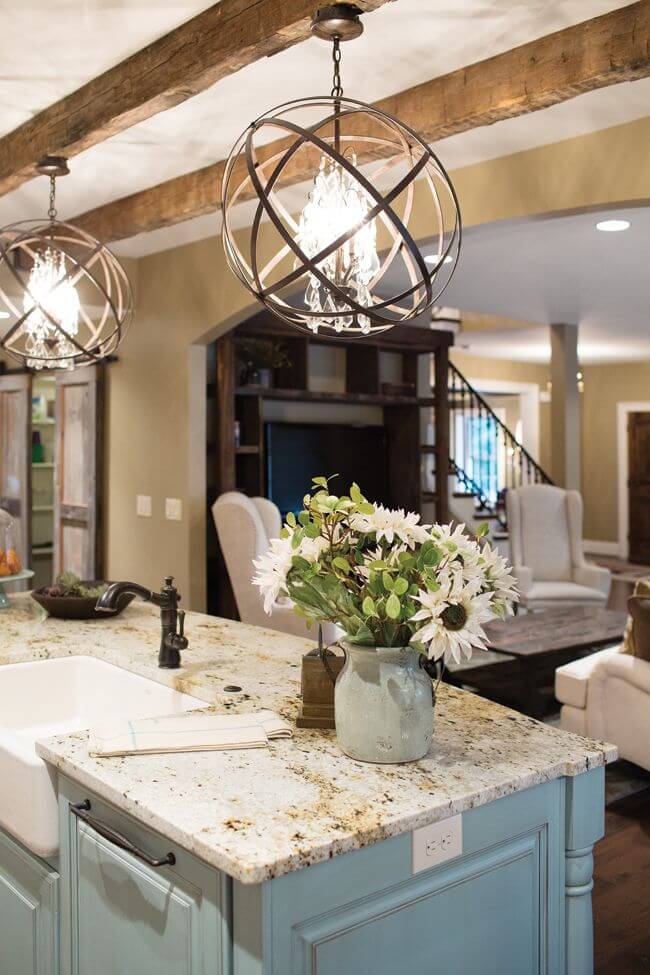
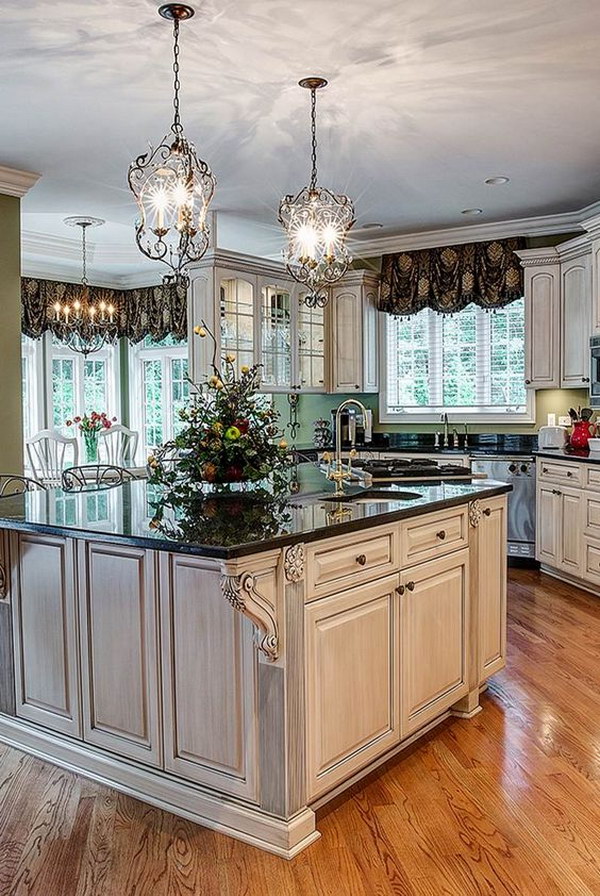


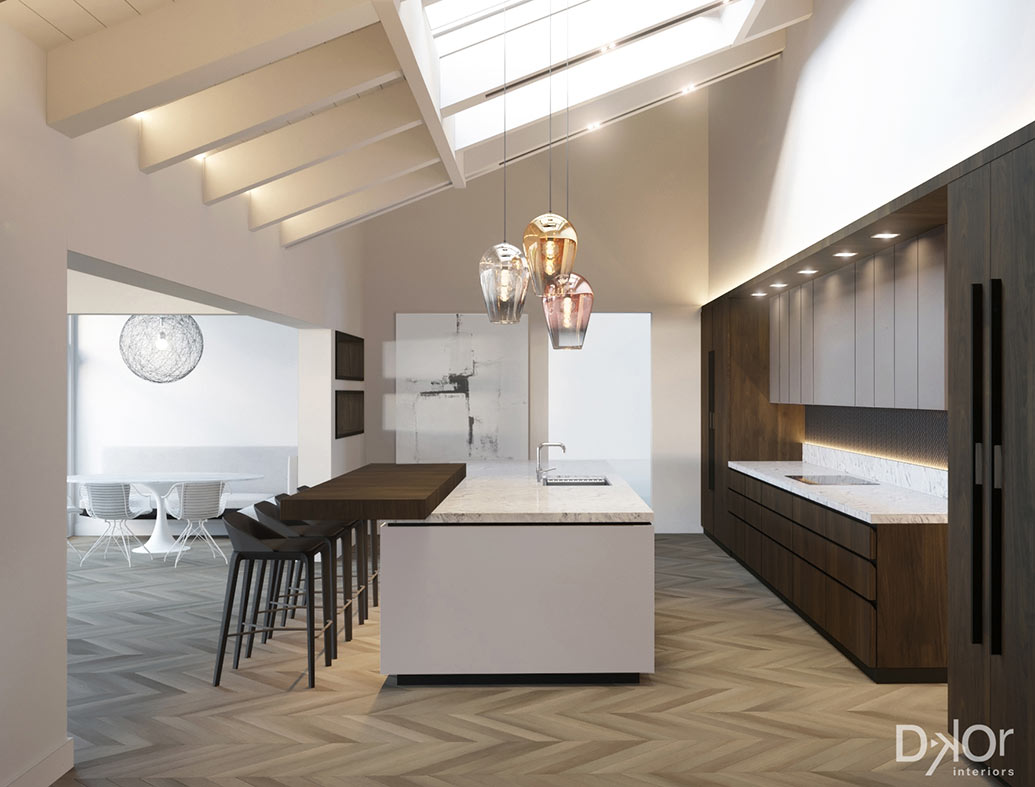







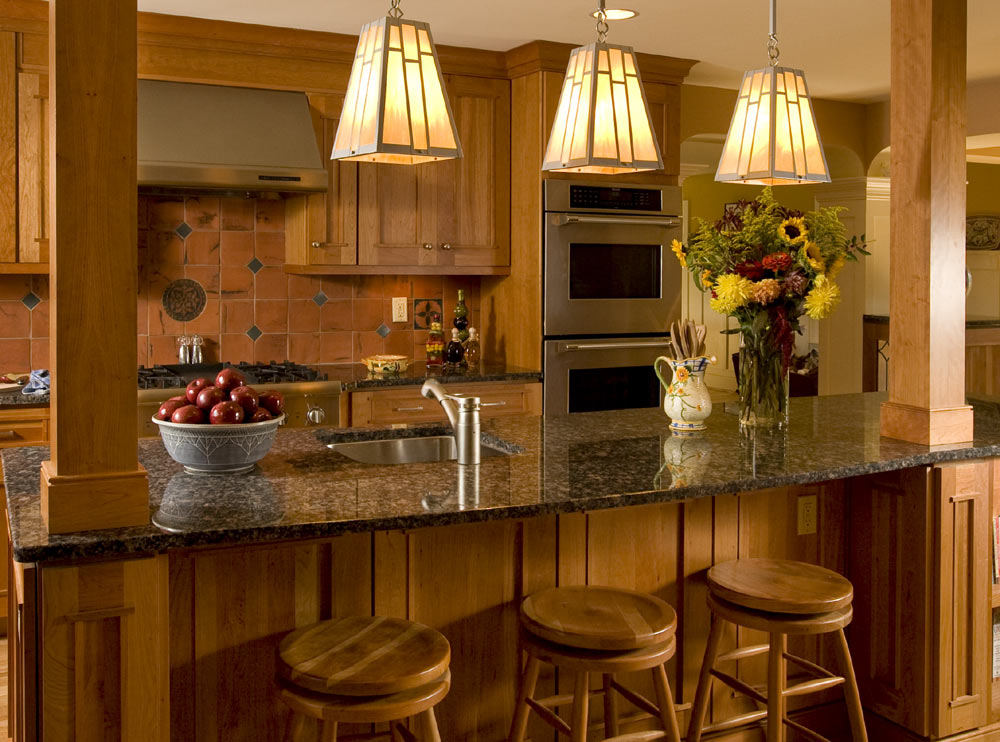


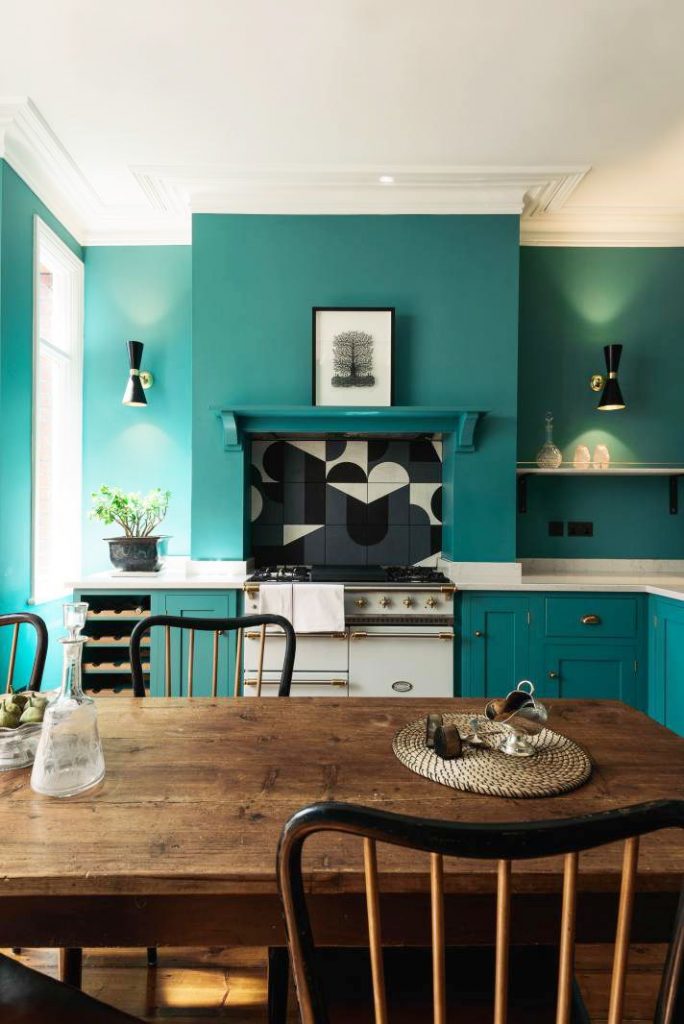




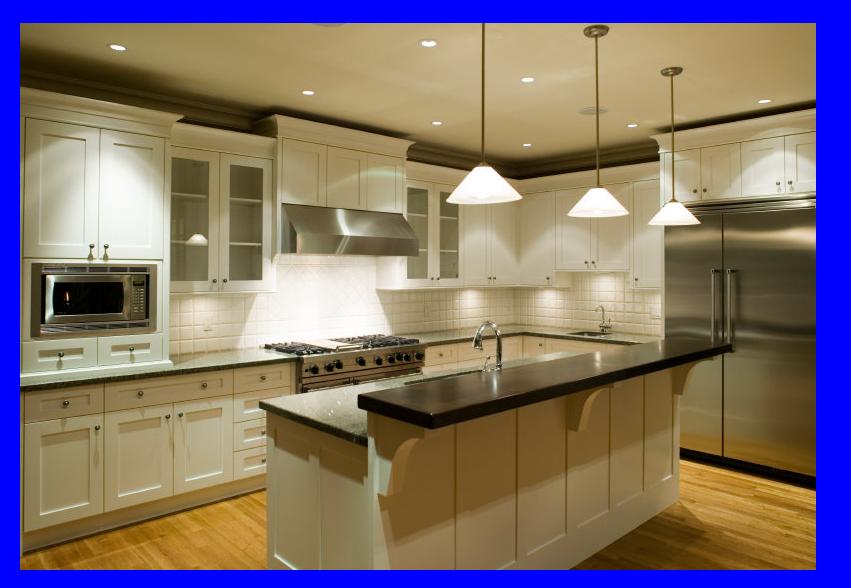



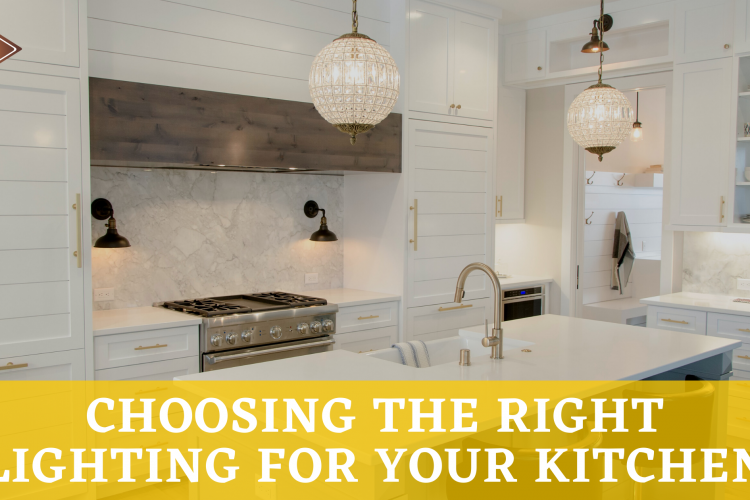
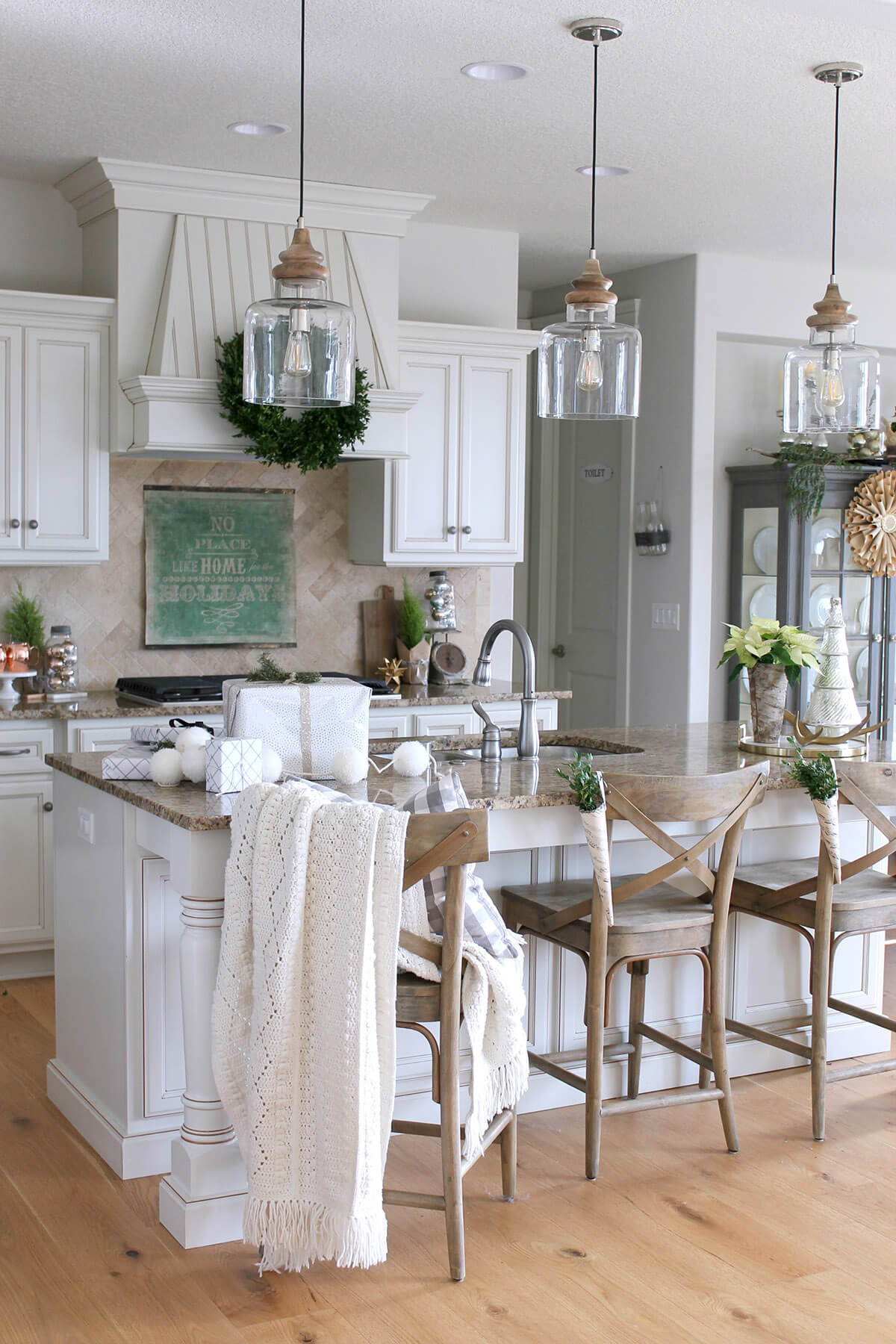

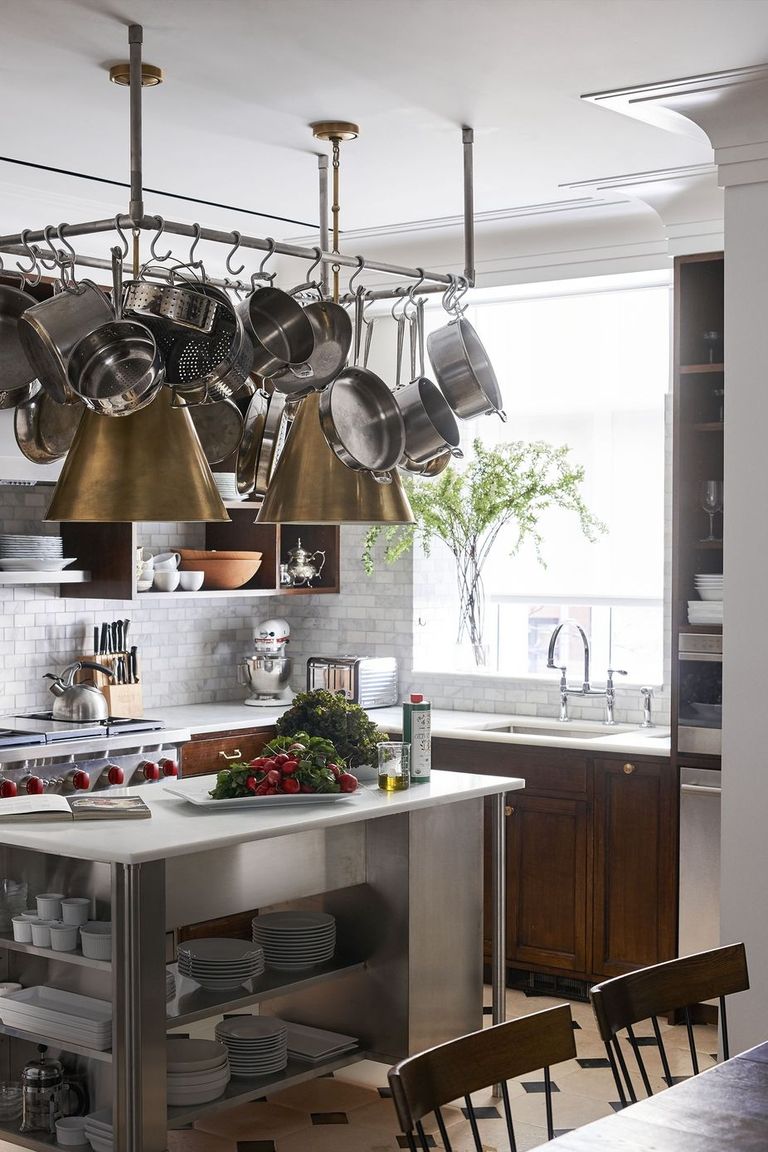





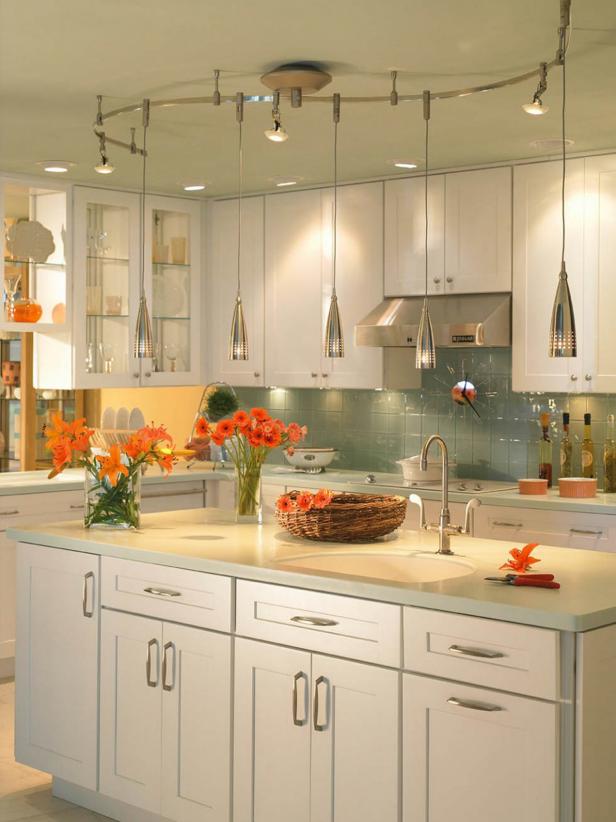
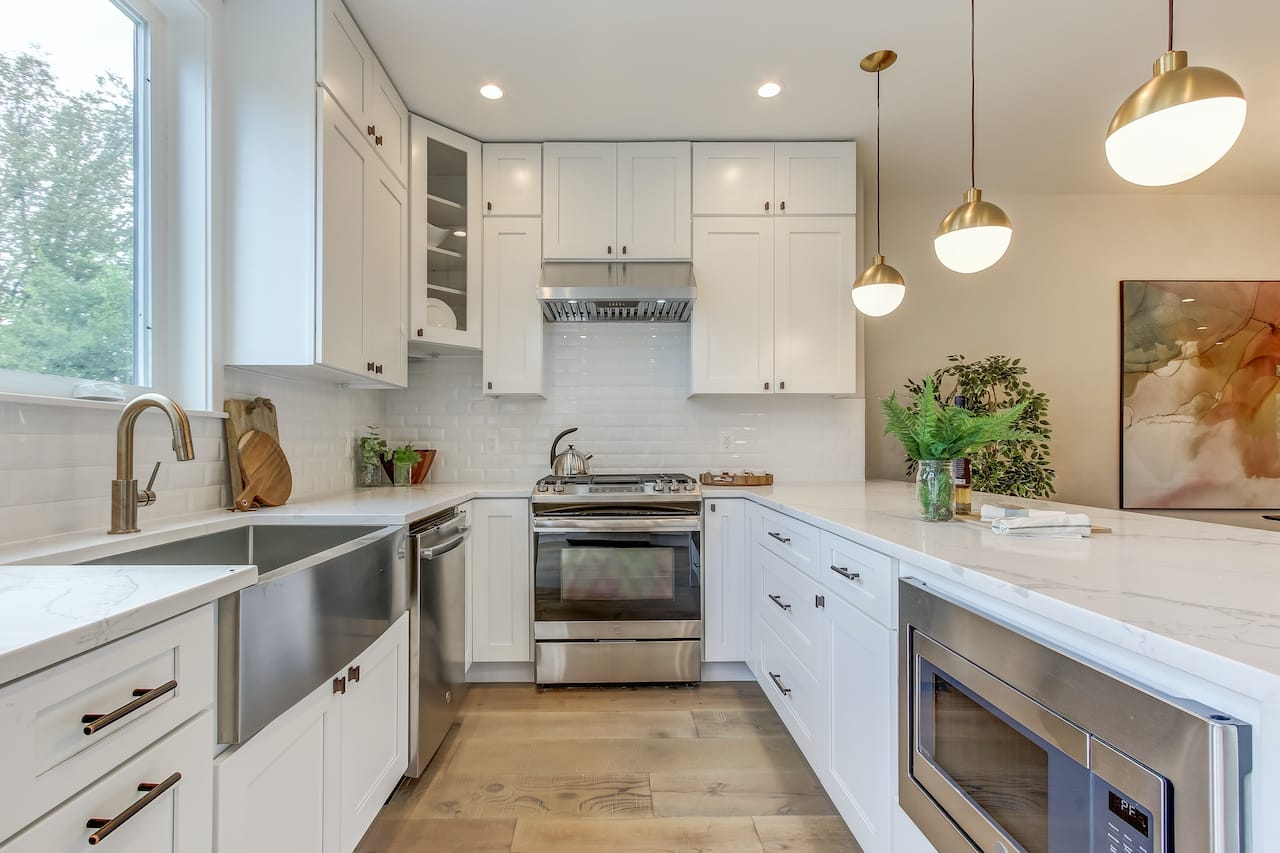
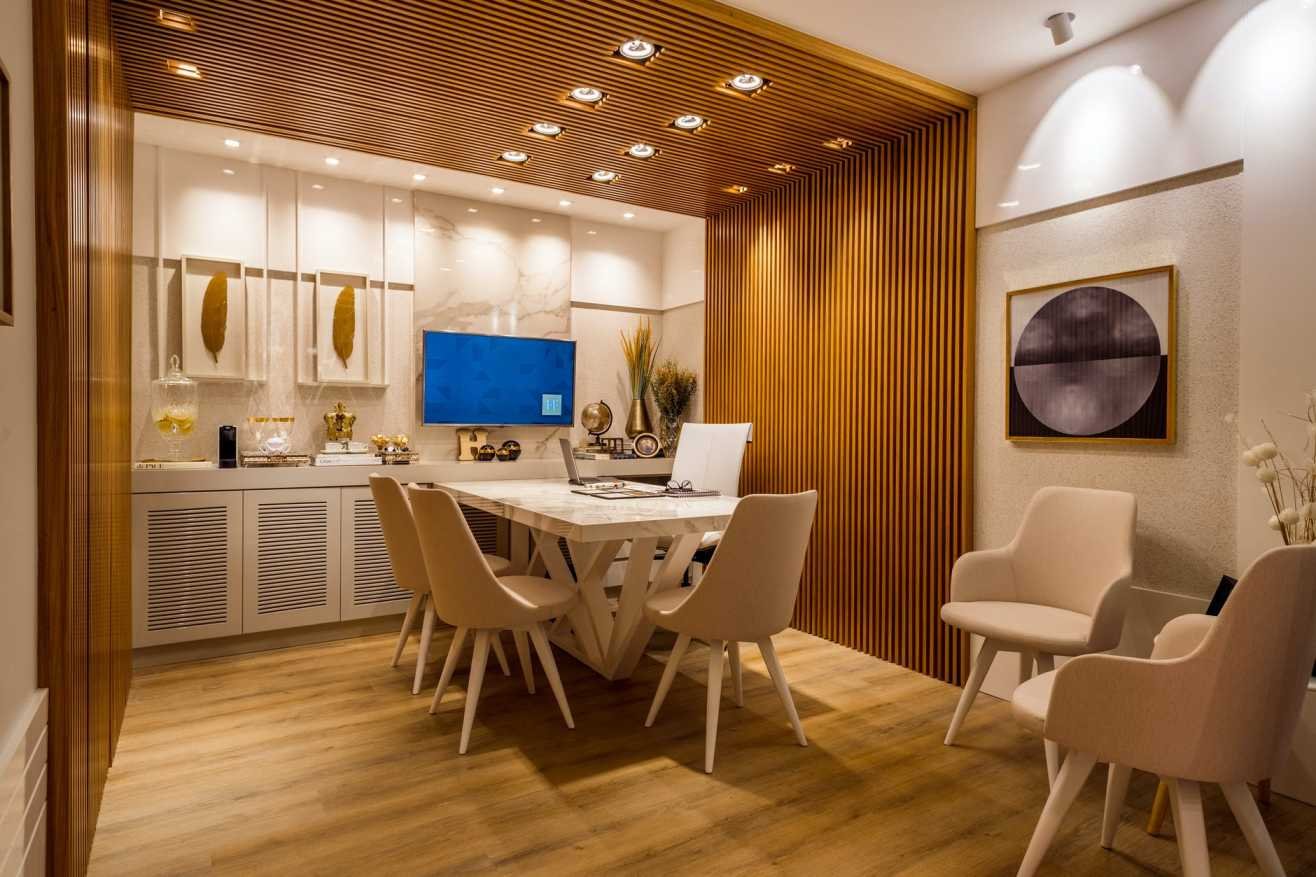


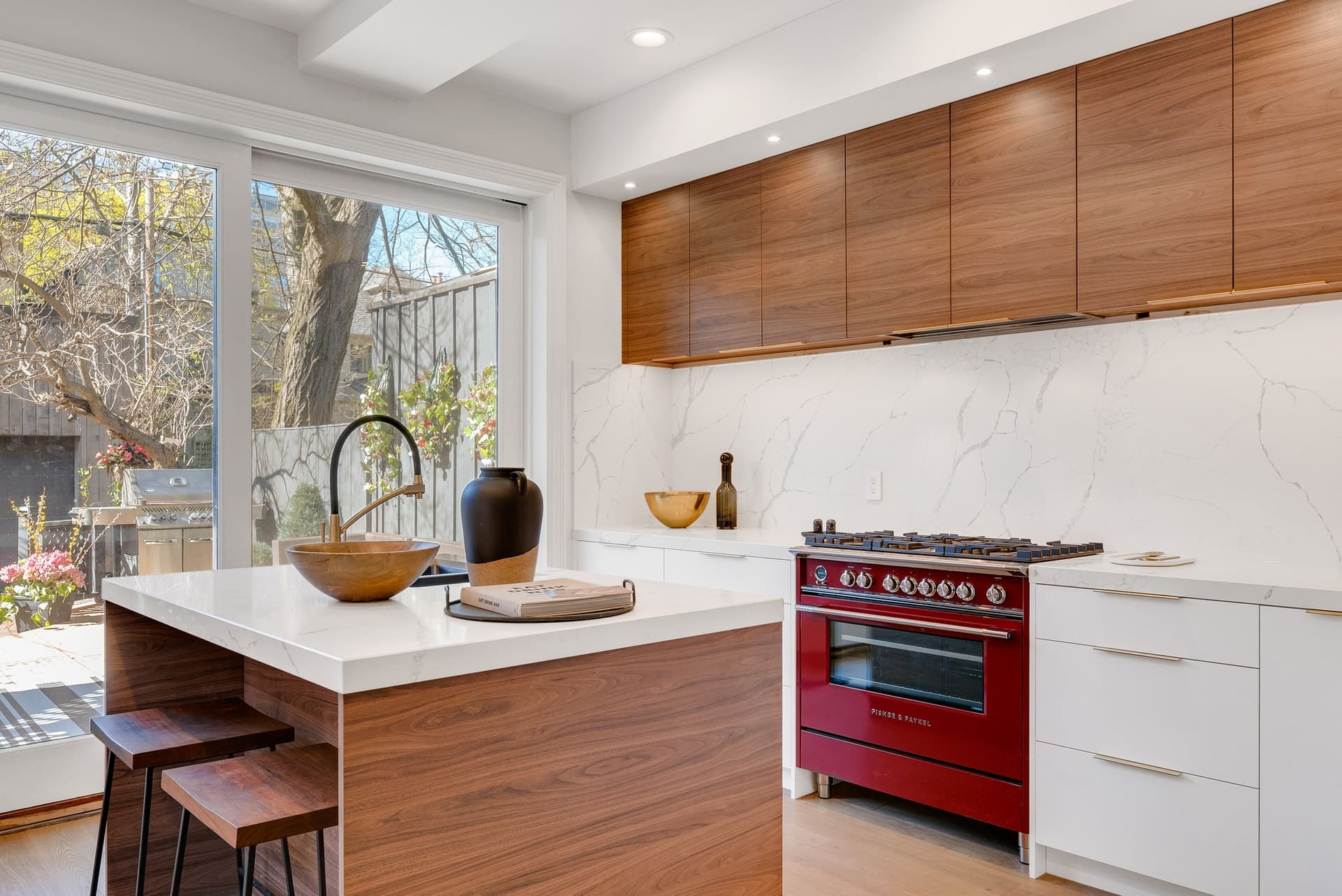
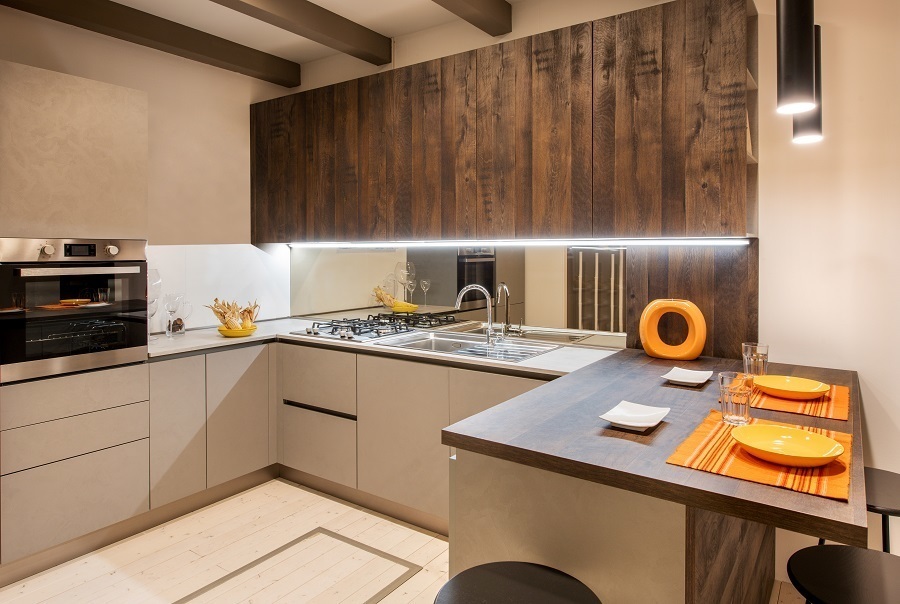
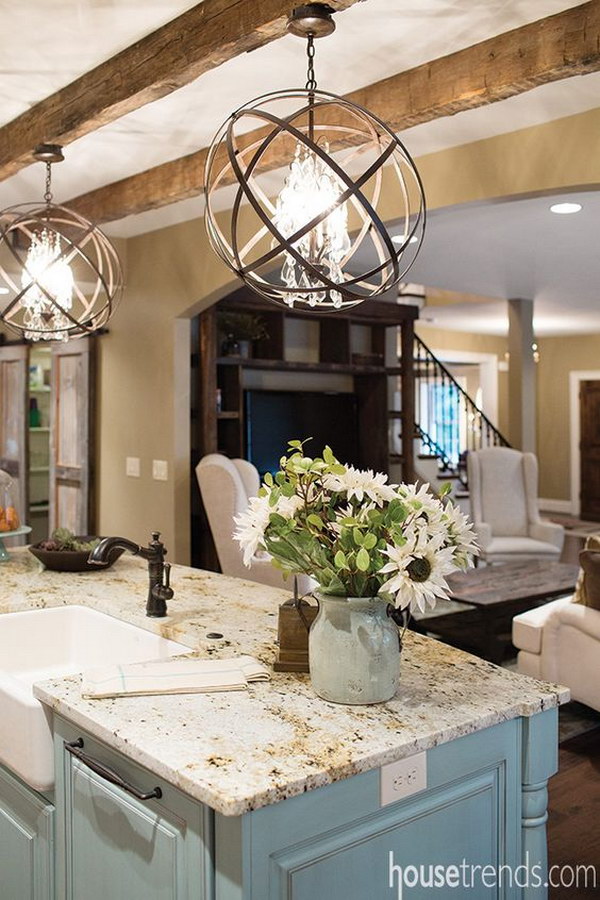
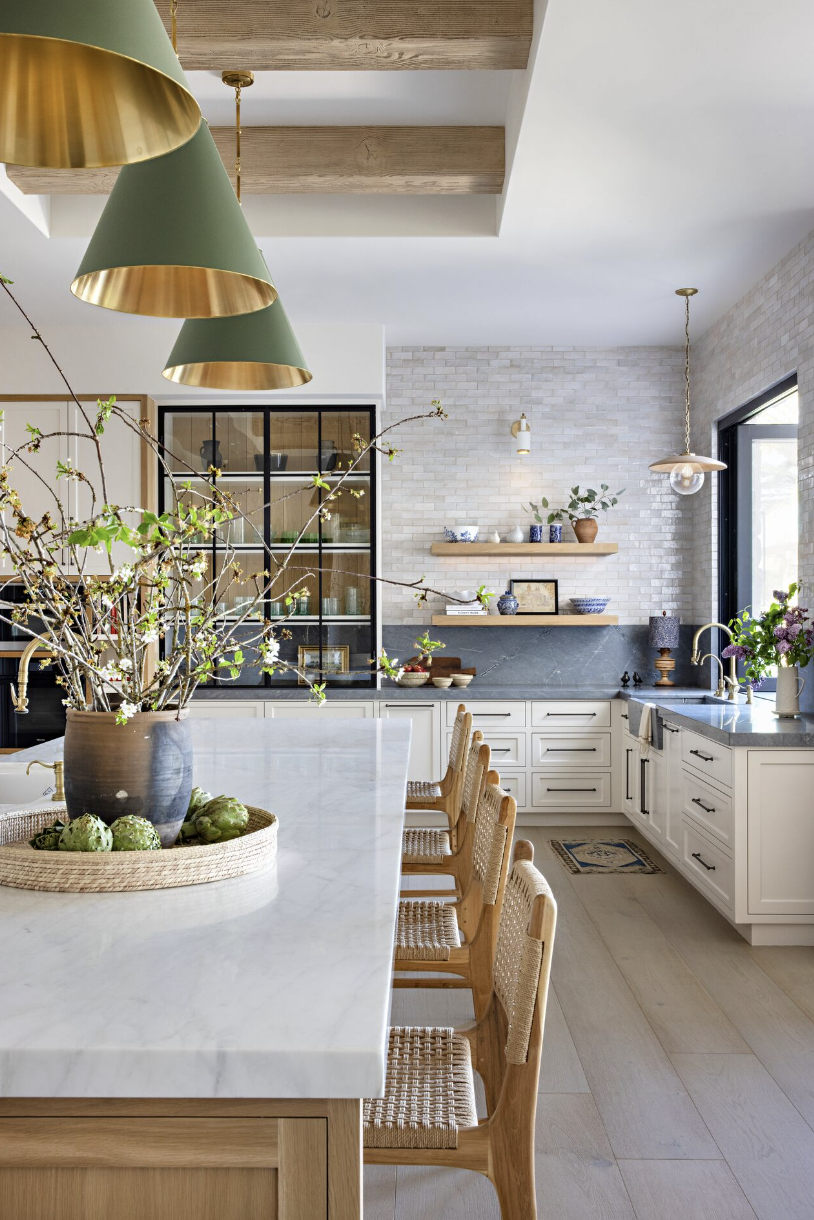

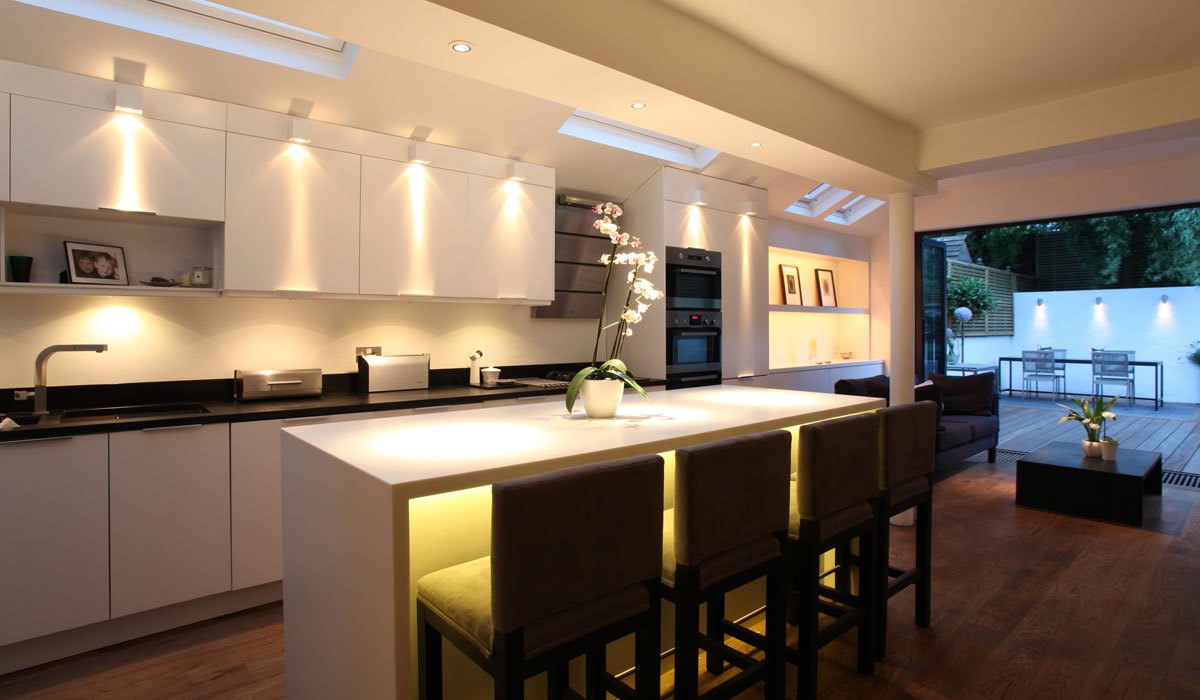

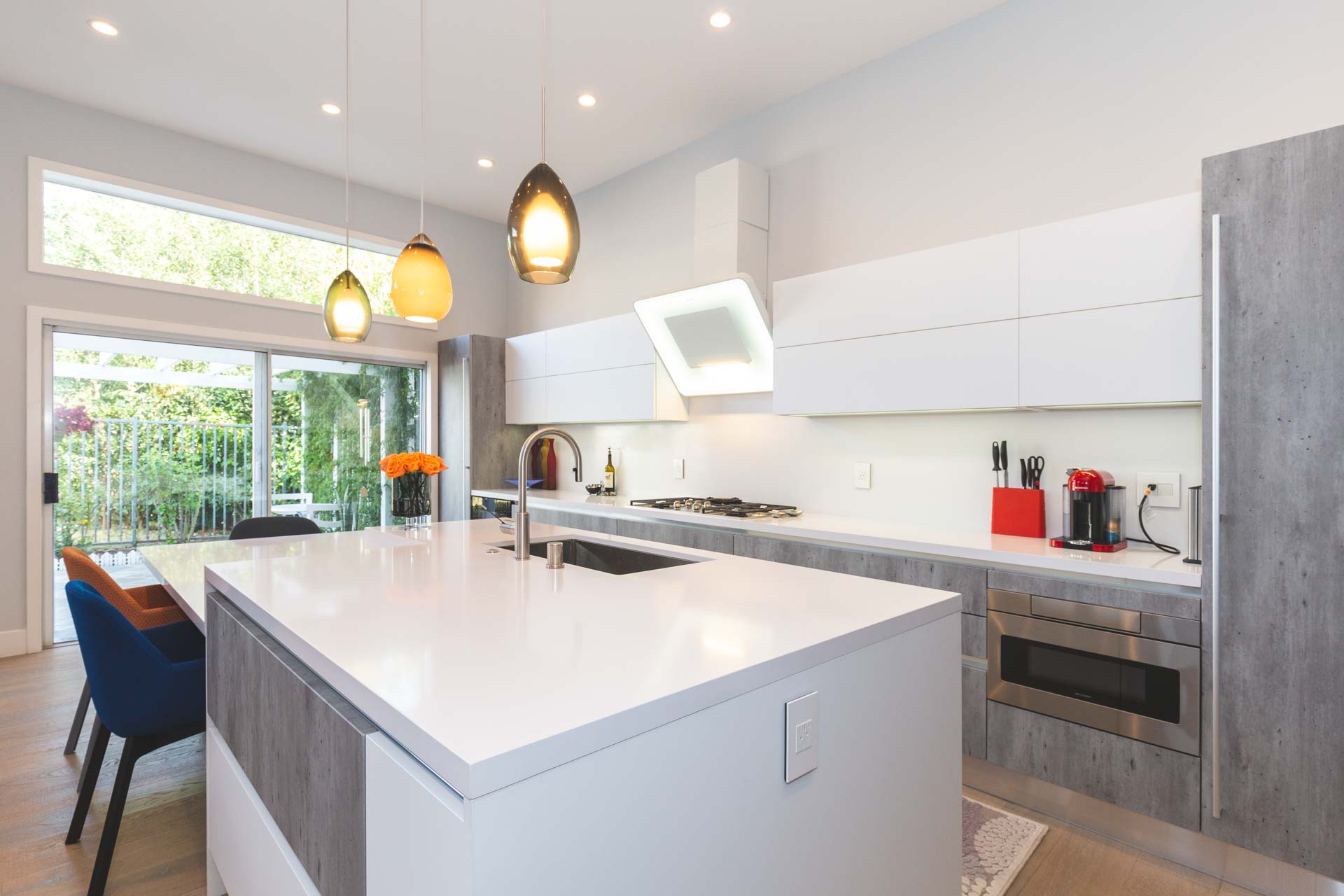

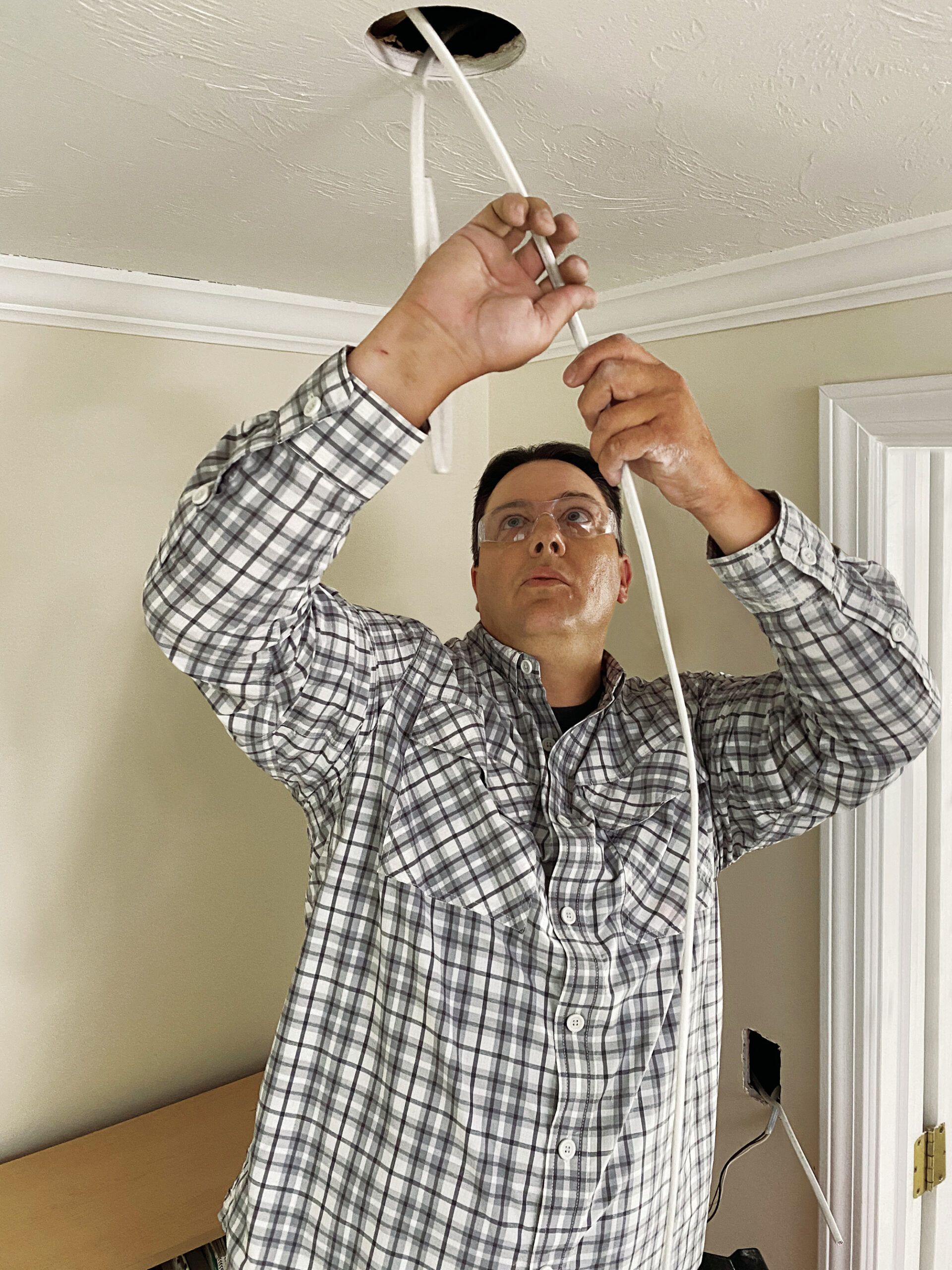







:max_bytes(150000):strip_icc()/kitchenrecessedlighting-GettyImages-155383268-dec5caad600541ff81cbdd6d06846c66.jpg)


